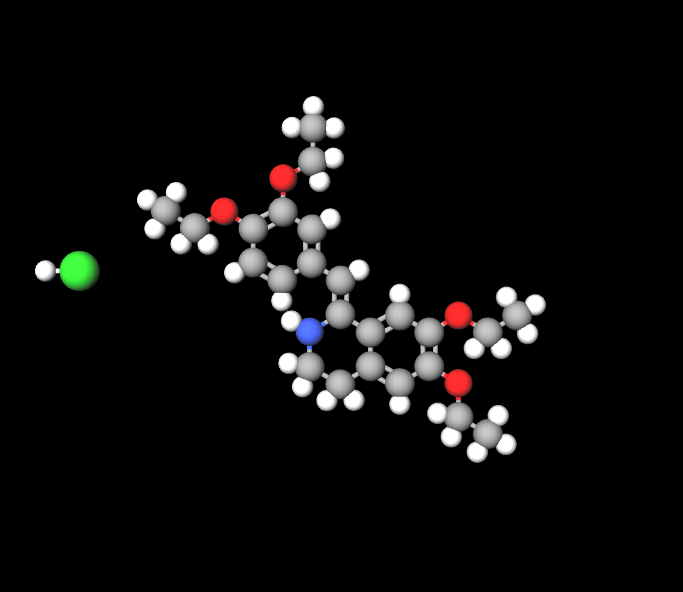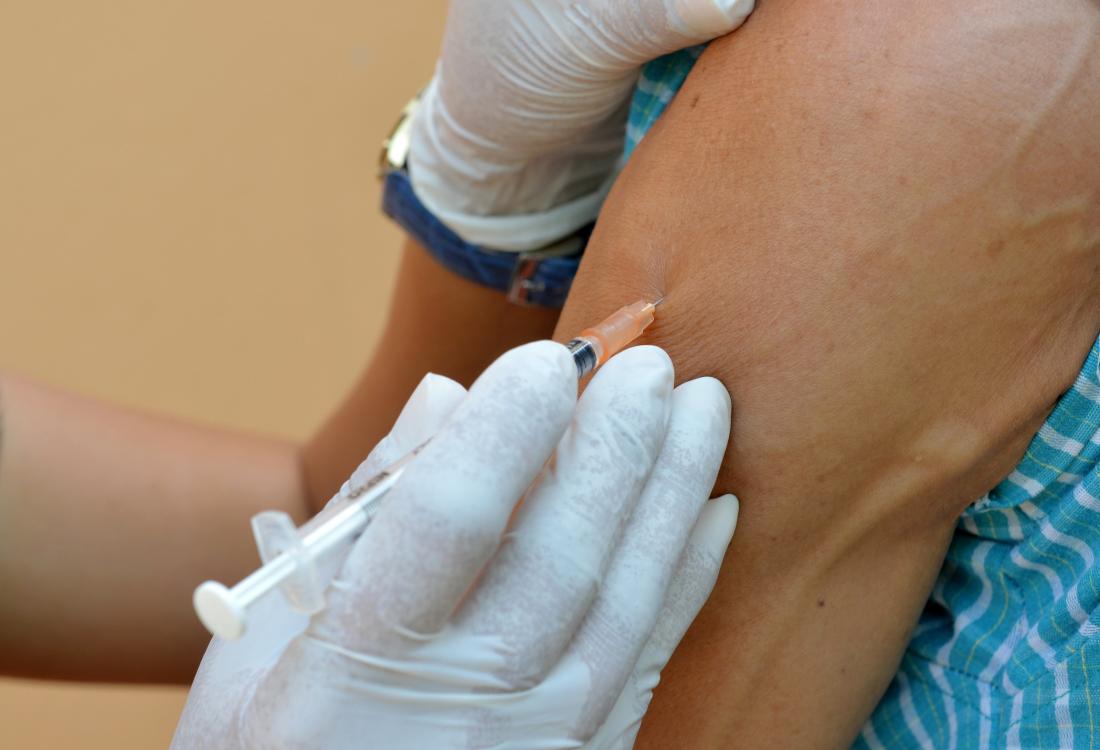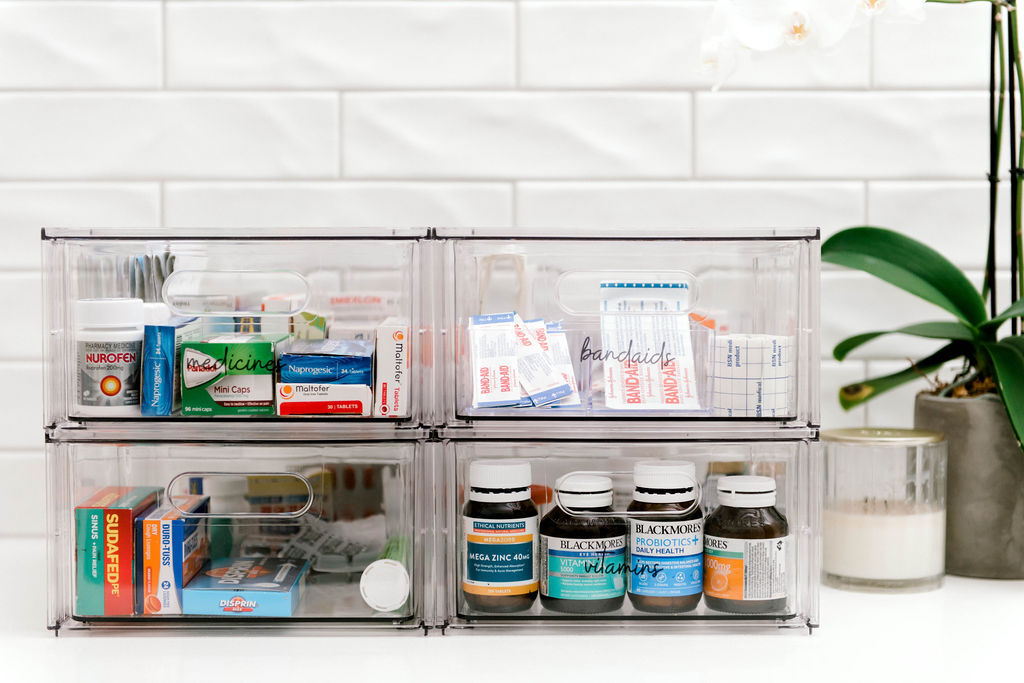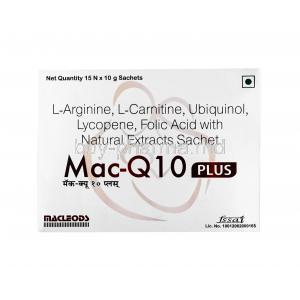Drotaverine Injection
- I. Introduction to Drotaverine Injection
- II. Composition of Drotaverine Injection
- III. How Drotaverine Works
- IV. Drotaverine hydrochloride uses
- V. Off-label Uses of Drotaverine
- VI. Dosage and Administration
- VII. Administration to Specific Populations
- VIII. Side Effects of Drotaverine
- IX. Serious Side Effects and Adverse Reactions
- X. Interactions with Other Medications
- XI. Warnings and Precautions
- XII. Handling and Storage of Drotaverine Injection
- XIII. Overdose Information
- XIV. Important Precautions
I. Introduction to Drotaverine Injection
Overview of Drotaverine as a medication:
Drotaverine is a medicine used to treat muscle spasms in the digestive, biliary and urinary systems. It is well known for its ability to relieve pain and discomfort caused by spasms, providing relief without causing drowsiness, like other similar medications.
Brief history of its development and use:
Since the mid 20th century Drotaverine has been widely utilized in countries due, to its remarkable therapeutic advantages. Its distinct capability to boost cyclic AMP at the tissue level while not impacting blood pressure represents an improvement compared to conventional antispasmodics.
II. Composition of Drotaverine Injection
Active ingredients and their roles:
The main component found in Drotaverine injection is drotaverine hydrochloride, which works by affecting the smooth muscles to reduce contractions. This substance blocks phosphodiesterase IV enzymes, which play a role, in controlling muscle contractions.

Excipients and formulation specifics:
The formulation also contains additives that stabilize and improve the distribution of the active component. These could consist of substances such as water, stabilizers, and buffers that aid in preserving the pH balance and osmolarity of the solution.
Drotaverine hydrochloride and mefenamic acid tablets
Drotaverine, combined with Mefenamic acid, is commonly prescribed for relieving cramps, stomach discomfort, and muscle spasms. This medication combination can also be effective, in managing pain associated with issues, post operative recovery and kidney stone episodes.
III. How Drotaverine Works
Mechanism of action in smooth muscle relaxation:
Drotaverine works by blocking the phosphodiesterase 4 enzyme, which causes an increase in AMP levels within smooth muscle cells. This rise in AMP leads to reduced calcium absorption by the cells, ultimately leading to muscle fiber relaxation.
Pharmacodynamics and pharmacokinetics:
After being given Drotaverine quickly enters the bloodstream. Spreads to all parts of the body. It is mostly broken down in the liver. Eliminated through the kidneys. The way it is absorbed by the body and how it moves through the system make it a great option for treating muscle relaxation needs, in acute situations.
IV. Drotaverine hydrochloride uses
Approved indications in various health conditions:
Comparative effectiveness with other spasmolytics:
In research comparing medications, Drotaverine has been shown to be more effective and provides quicker relief from symptoms compared to other antispasmodic drugs while causing fewer side effects.
V. Off-label Uses of Drotaverine
Exploration of non-approved applications in medical practice:
Case studies and research findings supporting off-label use:
Several real-life examples and current studies indicate that Drotaverine may be an option for treating pain conditions that are typically not linked to visceral spasms. This opens up possibilities, for healthcare providers seeking alternative treatments.
VI. Dosage and Administration
Recommended dosages for different conditions:
The usual recommended amount of Drotaverine injection ranges from 40 to 80 mg given a maximum of three times daily depending on the seriousness of the situation. Changes may need to be made according to how the patient reacts and their medical background.

Methods of administration and duration of treatment:
Drotaverine can be given through an IV or a muscle injection. The decision, on which method to use is based on how the medication needs to take effect and the overall health status of the individual. The treatment duration typically. Usually continues until the acute symptoms improve.
VII. Administration to Specific Populations
- Elderly Patients: Adjusting the dosage may be necessary for older patients as liver and kidney function changes can impact how drugs are processed and removed from the body.
- Pregnant Women and Nursing Mothers: Drotaverine falls under pregnancy category B, which suggests there are no risks to humans. However it should only be used during pregnancy. Breastfeeding when absolutely necessary and under the guidance of a healthcare professional.
- Children; Dosages for children need to be carefully determined. Adapted to reduce risks and ensure effectiveness. When using drotaverine in patients factors such, as age, weight and the specific condition being treated must be taken into account.
VIII. Side Effects of Drotaverine
Common adverse reactions encountered:
Patients who are prescribed Drotaverine might encounter side effects, usually mild and temporary. Common responses consist of feelings of nausea, headaches, dizziness, and occasionally low blood pressure. These signs generally subside on their own without the need, for treatment.
Comparison of side effects with other medications in its class:
When compared to medications that relax muscles Drotaverine has fewer side effects that are considered favorable. Its way of working reduces the likelihood of causing issues in the nervous system making it a better choice, in situations where cognitive problems are a worry.
IX. Serious Side Effects and Adverse Reactions
Rare but severe health implications:
Severe reactions, like angioedema, anaphylactic shock, and severe hypotension, can sometimes happen, although not often. If these conditions arise, it is crucial to seek medical assistance.
Management and reporting of serious side effects:
Healthcare professionals need to communicate any effects to the relevant drug safety oversight bodies for ongoing assessment of the risks and benefits of the medication. Treatment usually includes managing symptoms and providing care.
X. Interactions with Other Medications
Common drug interactions and their management:
When Drotaverine is taken with antispasmodics, it can boost its effectiveness. It might also impact the way antihypertensive medications work, which could require changes in dosage.
Interaction with over-the-counter drugs and supplements:
It's important to be cautious when using Drotaverine alongside over-the-counter medications and herbal supplements. Keep an eye on any interactions, especially with sedatives and blood pressure medications.
XI. Warnings and Precautions
Contraindications for use of Drotaverine:
Patients with liver, kidney or heart conditions should avoid using Drotaverine as well as individuals who are sensitive, to its ingredients.
Specific health conditions and scenarios where caution is advised:
It is crucial to be very careful when giving the medication to patients who have hypertrophy, glaucoma or myocardial infarction as it could worsen their symptoms.
XII. Handling and Storage of Drotaverine Injection
Optimal storage conditions to ensure stability:
Store Drotaverine injections, in a place shielded from light and moisture to maintain their effectiveness and extend their shelf life.

Handling precautions for healthcare providers:
To ensure handling, it's essential to maintain the cleanliness of the injection site and tools and check the medication packaging for any signs of damage before using it to avoid contamination.
XIII. Overdose Information
Symptoms of overdose and immediate actions to take:
Signs of an overdose can manifest as feelings of sickness, throwing up low blood pressure, and, in some cases, seizures. The initial response requires stopping the medication and providing care in a healthcare setting.
Treatment protocols and antidotes if available:
Treatment for an overdose of Drotaverine typically involves providing care to restore electrolyte balance and essential bodily functions, as there is no exact antidote available.
XIV. Important Precautions
Summary of critical safety information:
Healthcare professionals must have an understanding of the contraindications, possible interactions and special precautions associated with Drotaverine in order to avoid negative effects and optimize its effectiveness, in treatment.
Tips for maximizing treatment efficacy and minimizing risks:
It is crucial to check how patients are reacting to treatment, follow the prescribed doses, and steer clear of any drug combinations that could cause harm. Informing patients about side effects and when they should seek medical assistance is vital to ensure that the treatment is safe and works effectively.
















